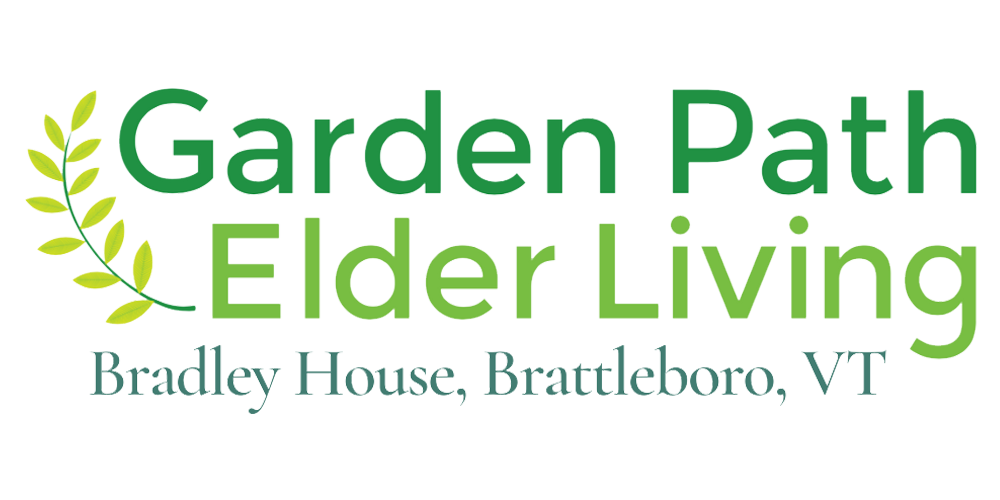The Benefits of Living in a Supportive Community
The Benefits of Living in a Supportive Community
Living within a busy community of peers and caregivers can have a positive and lasting impact on the well-being of an individual, no matter their age. In recent years, we’ve learned so much about the negative health impacts of isolation and loneliness that it’s been called an epidemic. While many seniors strive to age in place within their own home, there are others who seek the simplicity and built-in community of residential living.
There is an abundance of research that shows that supportive community living brings significant improvements to both mental and physical health. “We’ve always known from experience that when older adults move into assisted living or a life plan community, they are healthier, more active, and have a better quality of life. Now we have hard data to document those benefit,” LeadingAge, the association of non-profit elder care providers, reports after a large survey and study.
It’s not unusual for families to delay moving their loved one to assisted living. In fact, 85% of survey respondents said they waited, primarily because their older loved one wanted to stay at home, and be cared for by someone they knew, for as long as possible.
But once a move was made, family members reported noticing improvements in their older relatives:
Quality of life (73%) Nutrition (73%) Social well-being (64%) Emotional well-being (47%) Physical health (44%)
Once a senior has moved into a community environment, they are five times more likely to see overall quality of life improve, and 73 percent of families report that a senior's quality of life got better or much better.
There are also benefits for family members who have been their loved one’s caregivers. They reported experiencing improvements in the following ways:
Level of stress about the older relative (64%) Personal quality of life (60%) Relationship with the older relative (50%) Levels of health, diet, and exercise (32%)
We see the positive impact on the whole family when the adult children can go back to being “the kids” instead of the ones Mom depends on for everything from shopping to help with a shower.
There’s also strong research that makes it very clear that one of the most effective ways to forestall dementia is frequent socialization and physical activity, both found in abundance at Holton Home and Bradley House, and not so readily available at home.
Another reason for delaying a move is the assumption that it will be much more costly for an elder to live in assisted living. But almost three-quarters (70%) of family members said their loved one’s “monetary well-being was largely unaffected after the move.”
There are hidden costs of having an elder age at home. Paying for at-home care in addition to regular household expenses can be similar to assisted living fees. A move reduces stress for family caregivers, and lowers the impact of caregiving on their career and family life.
Holton Home and Bradley House see these results all the time. There are hundreds of personal stories of improved well-being over our 125 year history of providing a healthy community for aging. We look forward to working with your family to explore the options at Garden Path Elder Living!
